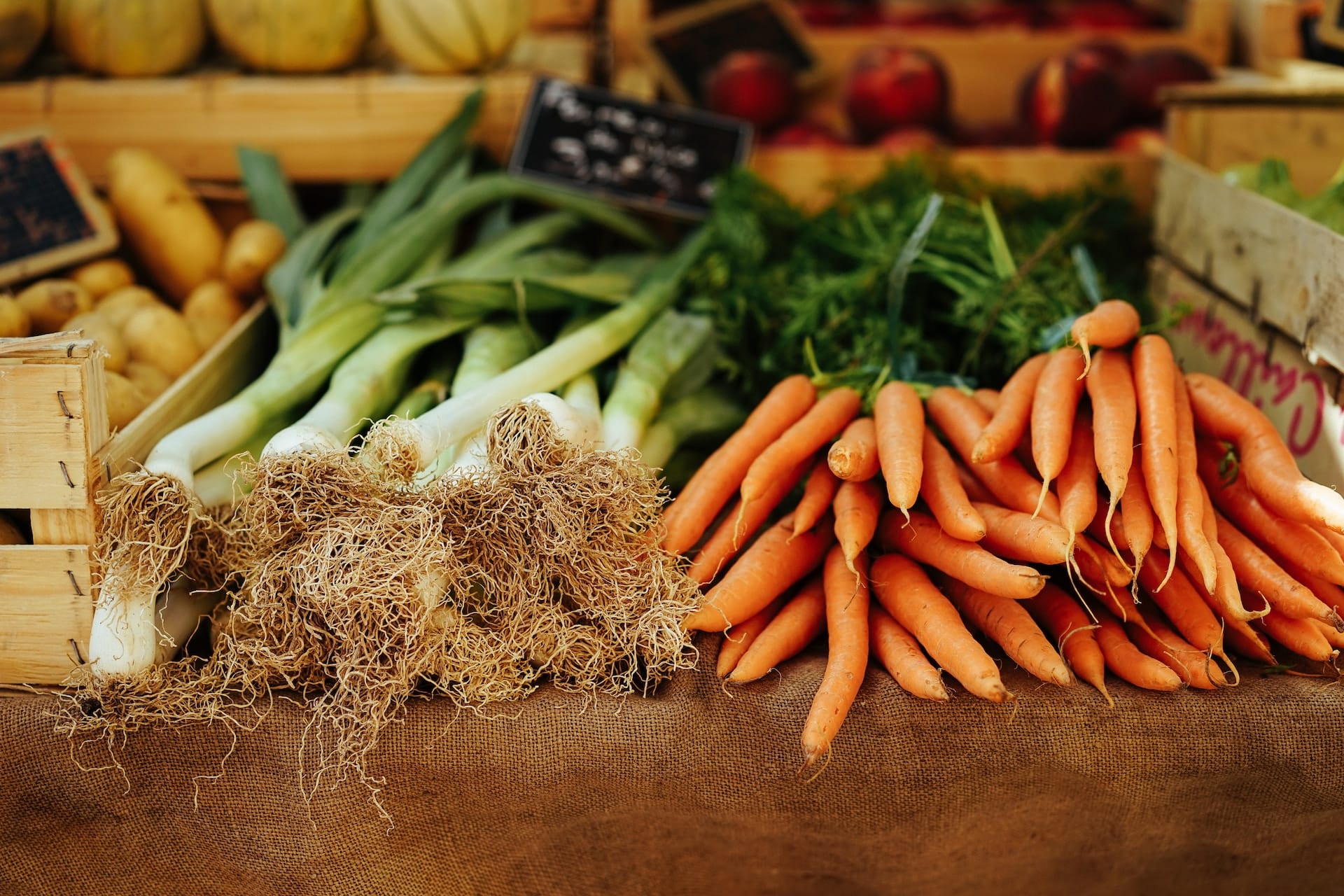
From Farm to Table: The Rising Trend of Clean-Label Eating
In June 2021, the International Food Council surveyed consumers regarding food ingredients, with an impressive 64% of U.S. consumers declaring they prefer foods made using clean ingredients.
Although there may not yet be a legal definition for ‘clean-label eating’, how consumers perceive food products is an increasingly important trend showing no indication of slowing down.
More and more consumers are reading food product labels, not only for nutritional information, but in a quest for healthy ingredients that are also environmentally-friendly and sustainably packaged. Clean-label food products are growing exponentially in variety, with everything from whole foods to clean-label frosties. But, what exactly does ‘clean label’ mean?
What Does ‘Clean Label’ Mean?
While ‘clean label’ does not refer to a specific legal regulatory definition, it is a marketing term which demands greater food labeling transparency. Consumers identify clean-label products as those that:
- are natural or using only natural ingredients
- have gone through minimal or no processing
- have short ingredient labels with familiar ingredients listed
- are wellness-promoting foods and beverages
- are traceable from farm to table
- are sustainable and respectful of the environment
- are naturally wholesome
The definition of what constitutes wholesome food can vary, but it commonly refers to nutritious food manufactured or prepared with ethically and sustainably sourced, contaminant-free ingredients. This might include plant-based foods, non-GMO foods or those bearing fair-trade certification.
Sustainability can also vary in definition and might refer to natural flavorings or the reduced use of plastics in packaging. The concept of sustainability for today’s consumer is no longer limited to food preparation, but encompasses the entire supply chain, packaging and the carbon footprint involved in distribution.
Consumers want transparency and comprehensible food labeling. They want to know more about the food products they select, their sourcing and production, all the way down to the packaging and delivery transport. Food producers committed to clean labeling must consider this when hoping to achieve the consumer perception of their label as one of ‘clean food’.
From Farm to Table
The farm-to-table movement promotes locally grown and harvested organic foods, embracing the concept of what we eat should be influenced by where we live. Locally grown foods not only support local producers, but reduce pollution due to minimized transport requirements. Embracing the farm-to-table food movement has stimulated consumers to modify their lifestyles and be more proactive in their food choices.
Created and encouraged by chefs attempting to provide quality, locally sourced ingredients, the farm-to-table movement has led to a growing trend of consuming local, seasonal ingredients. Mass food production has shifted to sustainable practices favoring the environment, animals and people; nutrition is now the focus, with fresh food gradually replacing fast and processed foods as preferred dietary choices.
Distribution considerations have long fueled the food industry, requiring more additives and chemicals for ‘freshness’ and fewer natural ingredients have contributed to a rise in health issues. Farm-to-table food supply not only benefits health and the environment, but it can significantly influence a local economy and drastically reduce food waste. It can also lead to a reduction in associated costs, gas emissions, water use, pesticide and fertilizer use, as well as the risk of genetically engineered foods. Locally sourced, clean-label foods and ingredients translate into less travel and transport, with a decrease in costs and pollution.
The Challenge and Opportunity for Food Producers
The clean labeling of food products presents a challenge, as well as an opportunity, for food producers. Any food labeled as ‘natural’ needs to include the specifics, as generic claims can be interpreted as insincere marketing ploys.
While clean labeling does not necessary mean additives need to be eliminated, it does imply there are fewer. The inclusion of any additives needs to be explained to consumers, together with their position on sustainability. Food producers have a unique opportunity to inform consumers about the origin of food ingredients and why they are employed in a specific product to increase a food product’s appeal.
Whether breakfast, lunch, dinner or snack foods, consumers are seeking increased information about the value of the food they consume and its impact on the environment.
Consumer Trust
Ultimately, it all boils down to consumer trust; brands can increase consumer trust by informing customers of clean label credentials, providing ingredient provenance and supplying chain information, beginning with the farm harvest, right up to the arrival on the table.
When considering all these factors, clean-label, healthy eating is anything but simple. Natural, real ingredients must offer an appealing taste and texture while offering a decent shelf life. Although the FDA has yet to determine regulations, consumers might define clean-label foods in a variety of ways including transparent, short ingredient lists, natural foods, those unconnected to health issues or foods encompassing sustainability and ethics.
Nonetheless, the consistent increase in the purchase of clean-label foods may now be considered less of an evolving eating trend and more as a mainstream food choice.




Post a comment